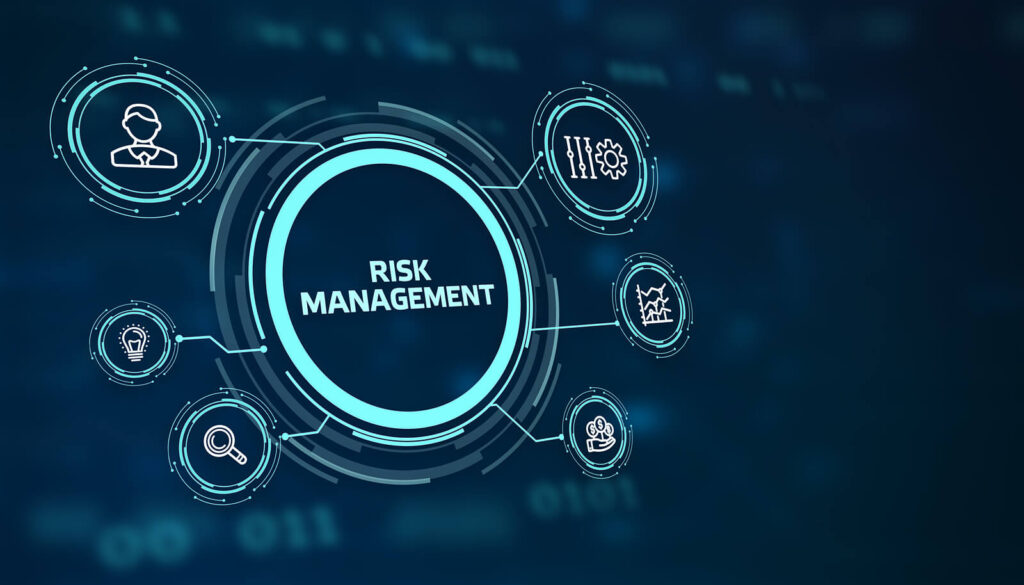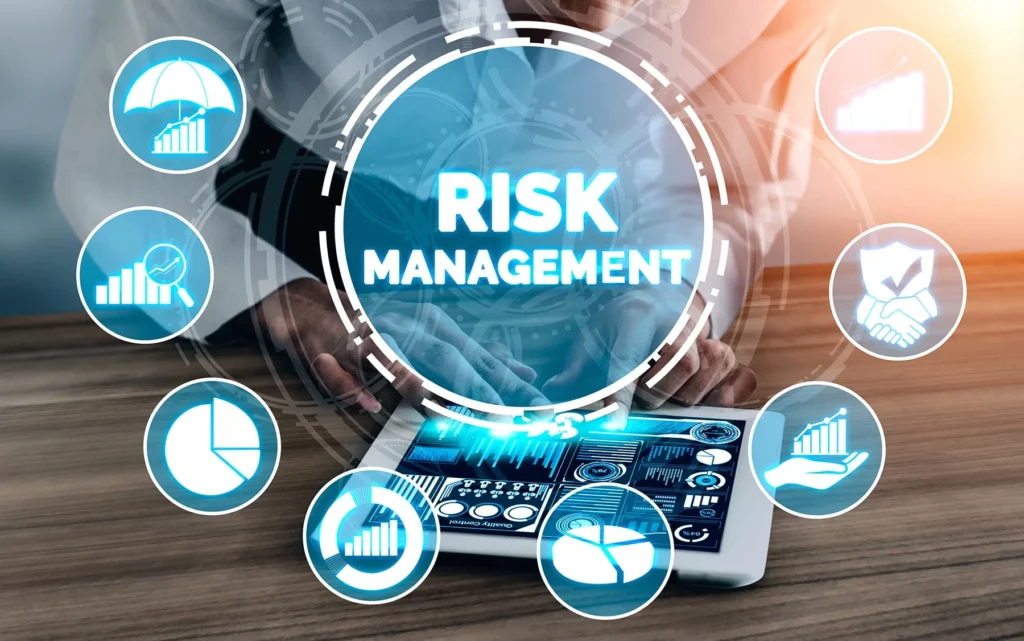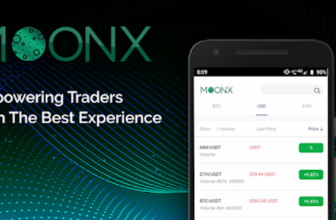
In the dynamic world of Financial Technology (FinTech), keeping pace with evolving risks is a challenge. Effective risk management is more than a need – it’s a strategic imperative. This article illuminates the path forward with a deep dive into proactive risk management in FinTech. We’ll explore the scope of risk, benefits of being preemptive, key considerations, and identify industry-leading FinTech risk management tools. All these elements, when combined, can significantly enhance your risk management strategies.
Table of Contents
Grasping the Scope of Risk in the FinTech Sector

Source: ey.com
FinTech risk management begins with understanding the scope of risk. In FinTech, risks span a broad spectrum, from cybersecurity threats and fraud to regulatory and operational risks. These diverse risks can have far-reaching implications. They can lead to financial losses, regulatory fines, reputational damage, and, in extreme cases, business failure. For customers, these risks can result in personal data breaches and financial losses. With the FinTech sector expanding at a rapid pace, these risks are becoming more complex and interconnected. This elevates the importance of risk management in FinTech, making it a key priority for all stakeholders.
The Upside of Proactive Risk Management Strategies

Source: forbes.com
Proactive risk management is about staying ahead of potential threats, predicting them before they materialize, and implementing measures to mitigate their impact. Its strategies are designed to identify, assess, and mitigate potential risks before they occur. By taking a proactive approach to risk management, organizations can significantly reduce the likelihood and impact of risks, thereby safeguarding their operations, reputation, and overall success. Here are several potential benefits of proactive risk management strategies:
- Risk Prevention – Proactive risk management focuses on preventing risks from materializing in the first place. By analyzing past incidents, identifying potential hazards, and implementing preventive measures, organizations can reduce the occurrence of adverse events. This leads to cost savings by avoiding costly disruptions, accidents, or legal liabilities.
- Early Risk Identification – Through systematic risk assessments, organizations can identify emerging risks or changes in the business environment. This enables timely interventions and effective risk mitigation measures, reducing the impact and severity of potential risks.
- Enhanced Decision-Making – Proactive risk management provides decision-makers with comprehensive information about potential risks and their potential consequences. This enables informed decision-making, allowing organizations to evaluate risks against rewards and make strategic choices that optimize risk exposure. Considering risks in advance allow organizations to avoid hasty decisions and make better-informed choices.
- Competitive Advantage – Organizations that actively manage risks are better prepared to respond to unexpected events or market changes. This enhances their ability to seize opportunities and outperform competitors who may be caught off guard by unforeseen risks.
- Improved Stakeholder Confidence – Demonstrating a proactive approach to risk management can enhance stakeholder confidence, including shareholders, customers, employees, and regulators. When stakeholders perceive that an organization is actively managing risks, they have greater trust in its ability to deliver consistent results, protect their interests, and maintain continuity of operations. This can lead to improved relationships and increased loyalty.
- Cost Savings – By identifying risks early and implementing preventive measures, organizations can avoid the financial consequences associated with risk incidents. These may include expenses related to repairs, legal battles, regulatory fines, compensation claims, and reputational damage. Additionally, proactive risk management helps organizations optimize the allocation of resources and investments by focusing on areas with higher risk exposure.
- Organizational Resilience – Proactive risk management builds organizational resilience, enabling businesses to withstand and recover from disruptive events more effectively. Through risk anticipation and preparation, organizations can develop robust contingency plans, establish alternative supply chains, implement redundancy measures, and ensure business continuity. This resilience strengthens their ability to navigate uncertainties and shocks in the market.
- Regulatory Compliance – Proactively managing risks helps organizations meet regulatory requirements more effectively. By staying ahead of evolving regulations and compliance standards, organizations can ensure that their operations align with legal and industry-specific obligations. This mitigates the risk of penalties, sanctions, and reputational damage associated with non-compliance.
Through the implementation of proactive risk management practices, organizations can mitigate risks effectively, protect their interests, and sustain long-term success. To begin, consider an anonymous FinTech firm that predicted a cybersecurity threat using proactive risk management, thus averting a potentially catastrophic data breach. This example underscores the value of being preemptive, even when specifics cannot be shared.
Adopting Proactive Risk Management Strategies: Key Considerations

Source: itchronicles.com
Knowing Your Risk Profile
The first step towards adopting proactive risk management strategies is to understand your company’s risk profile. This requires a comprehensive risk assessment that identifies potential threats, assesses their impact, and estimates their likelihood.
Promoting Risk Culture and Training
Risk management in FinTech is not just about processes and tools; it’s also about people. Embedding a strong risk culture within the organization and providing comprehensive training can enhance risk awareness and ensure the effectiveness of your strategies.
Continual Monitoring and Updating
Since risk environments are constantly evolving, it is essential to continuously monitor and update your risk management strategies. This allows you to stay abreast of emerging threats and adjust your strategies as needed.
Risk Management Tools: Charting the FinTech Landscape

Source: etq.com
FinTech risk management tools play a pivotal role in proactive risk management. They enable real-time monitoring, predictive analysis, and efficient reporting, transforming the way risks are managed. Some of the tools that are widely used in the sector include data analytics and artificial intelligence (AI). Data analytics provides insights into patterns and trends, helping identify potential risks. On the other hand, AI can enhance predictive capabilities, helping foresee and mitigate potential threats. Selecting the best FinTech risk management tool depends on your specific needs. Key considerations include the nature of your operations, the types of risks you face, your risk tolerance, and your resource availability.
Proactive risk management is the future of FinTech. Understanding the scope of risk, adopting preemptive strategies, embracing the right risk culture, and leveraging potent FinTech risk management tools are vital steps in building a robust risk management framework. Being proactive not only safeguards businesses against threats but also opens up new opportunities for growth and innovation.
In this rapidly evolving sector, staying a step ahead is crucial. Proactive risk management, therefore, is not just a best practice; it’s a competitive advantage. It’s a journey of continuous learning and adaptation. And for those who embark on this journey, the future of FinTech holds immense promise.
Remember, the best time to manage risk is before it becomes a crisis. Adopt proactive risk management today and pave the way for a safer, more secure future in FinTech.







